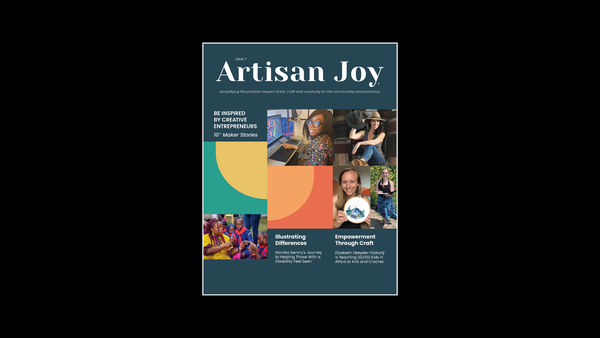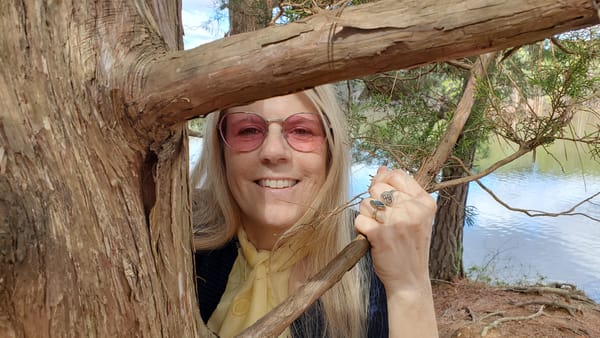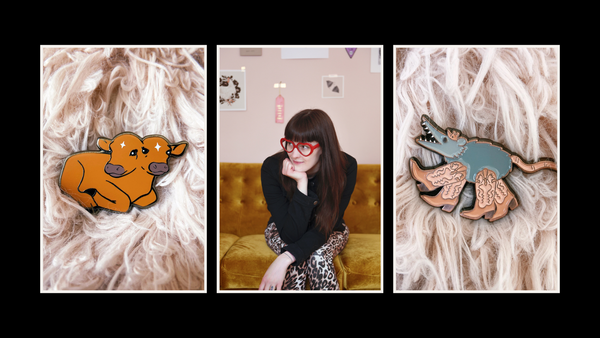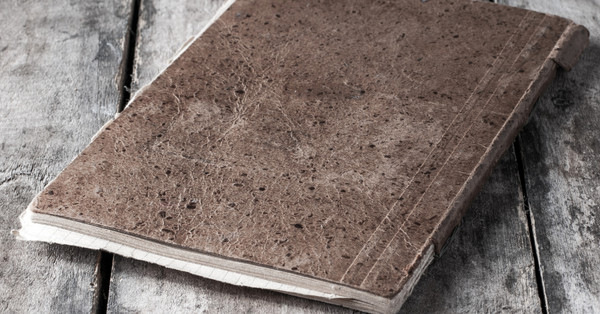Nonprofit Supports the Careers of Artists and Creative Workers With Guaranteed Income
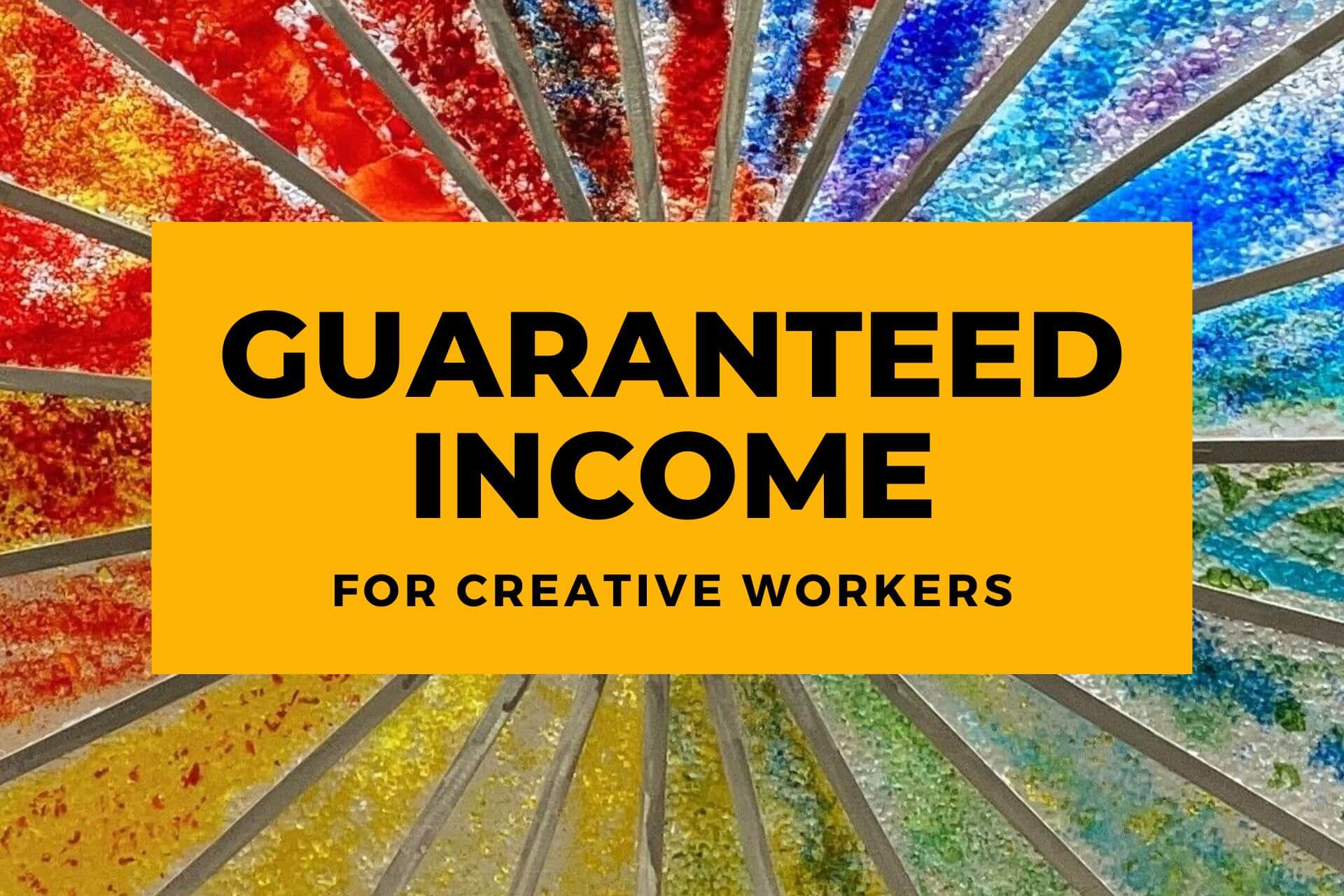
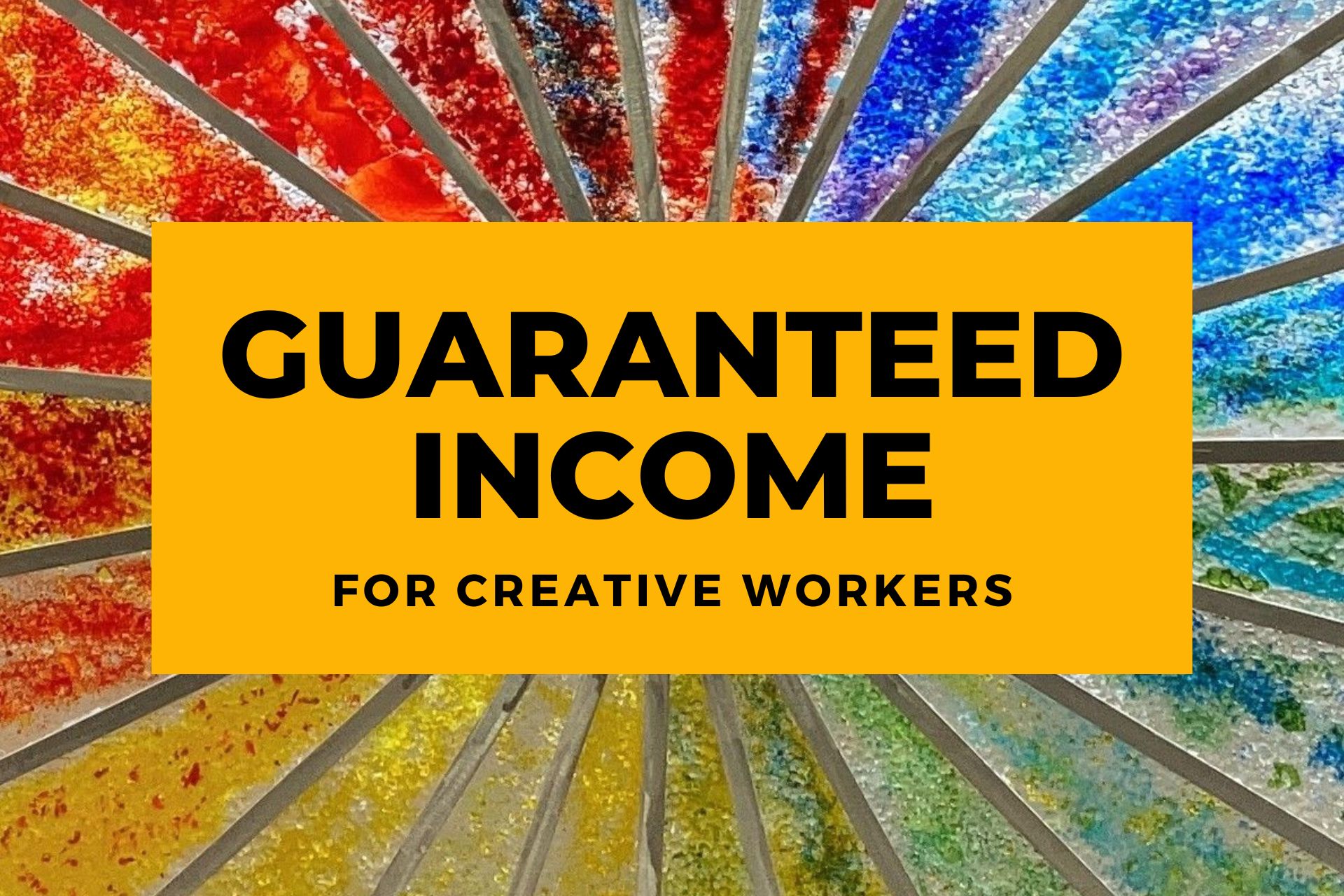
Springboard for the Arts is a nonprofit organization in St. Paul, Minnesota that supports artists. An Instagram post about the organization’s Guaranteed Minimum Income for Artists program caught our attention, and we spoke with Wone Vang, Springboard’s Economic Opportunity Director, to learn more about the program. “Springboard’s overall mission is to support artists with tools to make a living and to be able to build equitable communities,” she said.
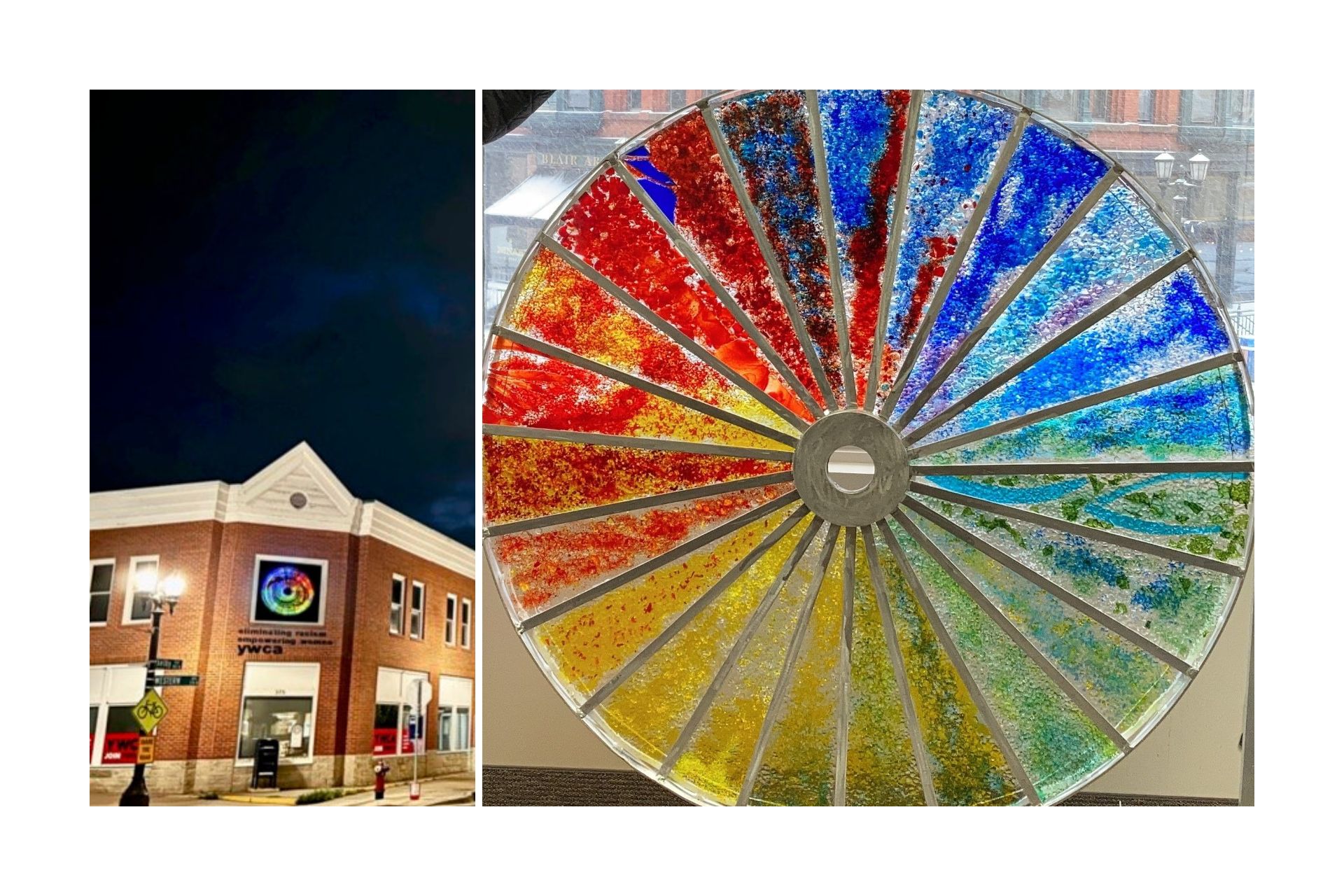
Altitude is a joyous celebrations in glass, metal, and sound, consisting of kiln-formed glass panels inspired by the dreams of laughing children and a tight-top walker’s parasol. In 2021, the glass sculpture was installed at the YMCA in Saint Paul, MN.
Back in 2021, Springboard’s staff realized that many creative workers were disproportionately affected by the pandemic because people gathering is often essential to their livelihoods. So, the nonprofit sprang into action to provide funds to creative workers who were struggling financially.
“As we know, during that time, there were a lot of artists whose businesses were shuttered, and events were canceled. So, they lost money because of gigs and things that they would normally make money from stopped. We had an emergency relief fund where individuals and artists could apply and say, ‘I need money for this.’ And we were paying $500 a month to these artists. And we were able to collect enough money to be able to support the artists that had approached us about it,” Wone said.
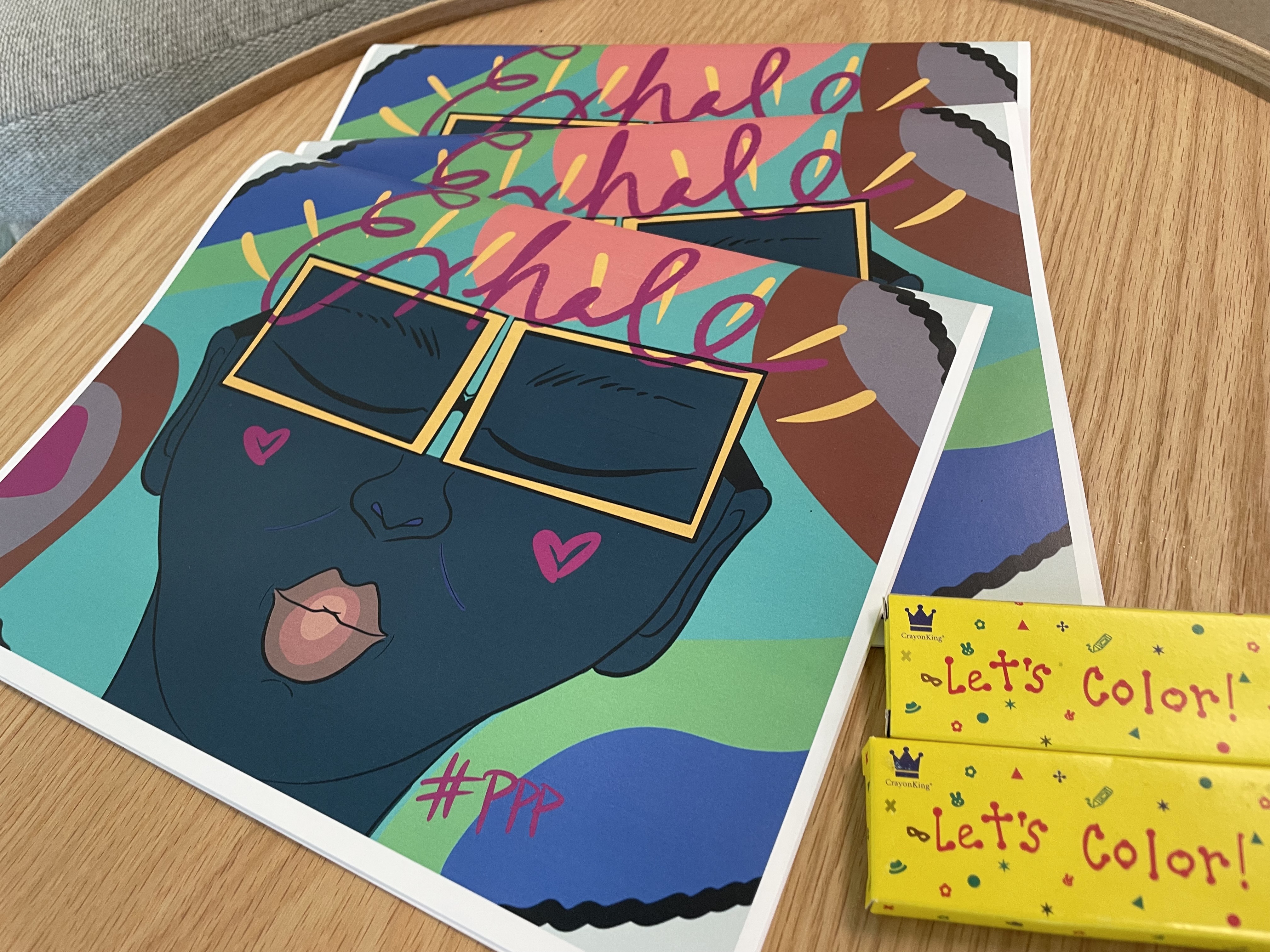
Therapeutic. Mindfulness. Selfcare. Gratitude. Artist Briauna Williams created a multi-page coloring book, “Exhale” in response to the topic of Guaranteed Minimum Income.
The emergency relief fund morphed into the Guaranteed Minimum Income program, which provided 25 local artists in St. Paul with monthly checks for $500 for 18 months. Springboard has continued the program, which now includes 75 artists in St. Paul and Otter Tail County, which is rural.
“After those 18 months, we were able to secure more private funding for the program, and then we were able to open it up. We were able to take those first 25 and carry them on. And then, we were able to select another 25 within the neighborhood. And then we also wanted an office in the rural community. So, we decided it would be a great opportunity to see how the program would impact artists living in a rural community too.”
Springboard partnered with the Center for Guaranteed Income Research (CGIR) at the School of Social Policy and Practice at the University of Pennsylvania. CGIR studies the impact of guaranteed income programs. Qualitative research scientist Kalen Flynn, Ph.D., worked with Springboard specifically on its artists’ program.
At first, participants used the money for daily living and unexpected expenses. “Dr. Flynn had direct conversations with the artists, while Springboard had a very high-level overview of the the research. When we started getting some of the data from her, we found that artists were using the money towards what we would expect, such as paying rent, some bills, groceries, or paying for things they needed at that moment like house or car repairs,” Wone said.
When the pandemic stabilized, participants were able to use the money to further their careers. “The great thing, eventually—we were able to see that artists started using the money towards further educational things that would help their artistry and career or buying equipment that they need. It was nice to see that once things slightly stabilized, participants got a bit more comfortable using the money towards things that could support them as artists and help their careers.”
We asked Wone why creative workers are essential to a community and what the Guaranteed Minimum Income for Artists program means to her area of the country.
“I’m a practicing artist, and most of the staff here at Springboard are practicing artists. So, I’m a fiber artist, and I know what it’s like to struggle. You have to determine—do I work a full-time job—or can I do my art? And I think I can. But I also thought, ‘Do I want that risk?’ Artists add value to different movements within our community. They’re also very essential partners for everybody. They add narrative change; they add storytelling through their work. Many artists do community engagement, where they bring a community together. Because they’re so invested in their community, they can uplift and make some type of social change or movement. Artists are so creative that they can make things and change things in different ways for people to look at things differently. And in the end, it just betters a community. Once a community is better, it becomes stronger; it’s more of a durable ecosystem.”
You can learn more about Springboard for the Arts at springboardforthearts.org.

